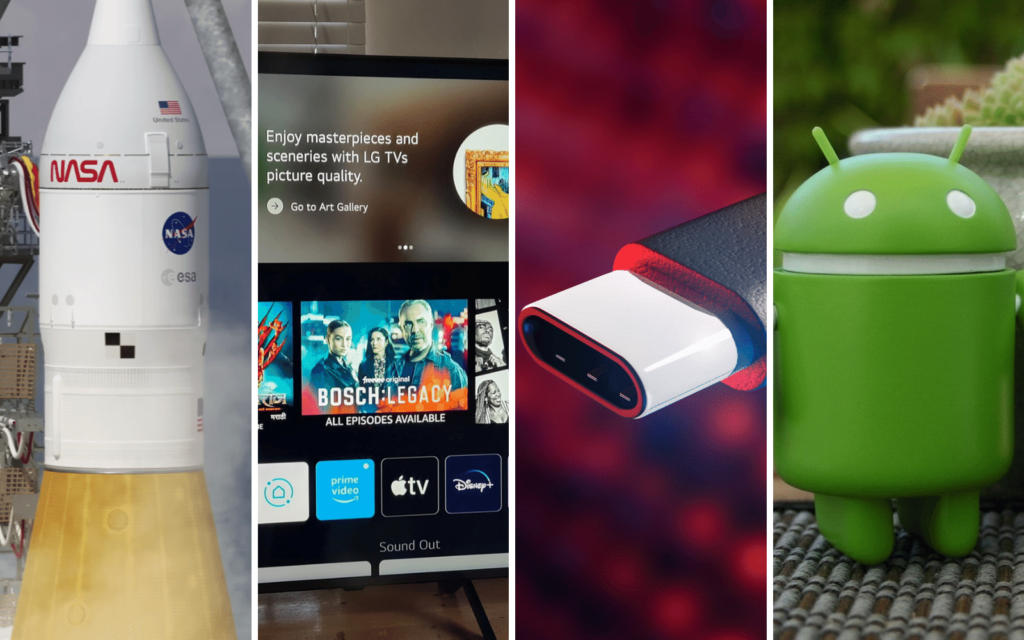NASA delays Artemis 1. Again.
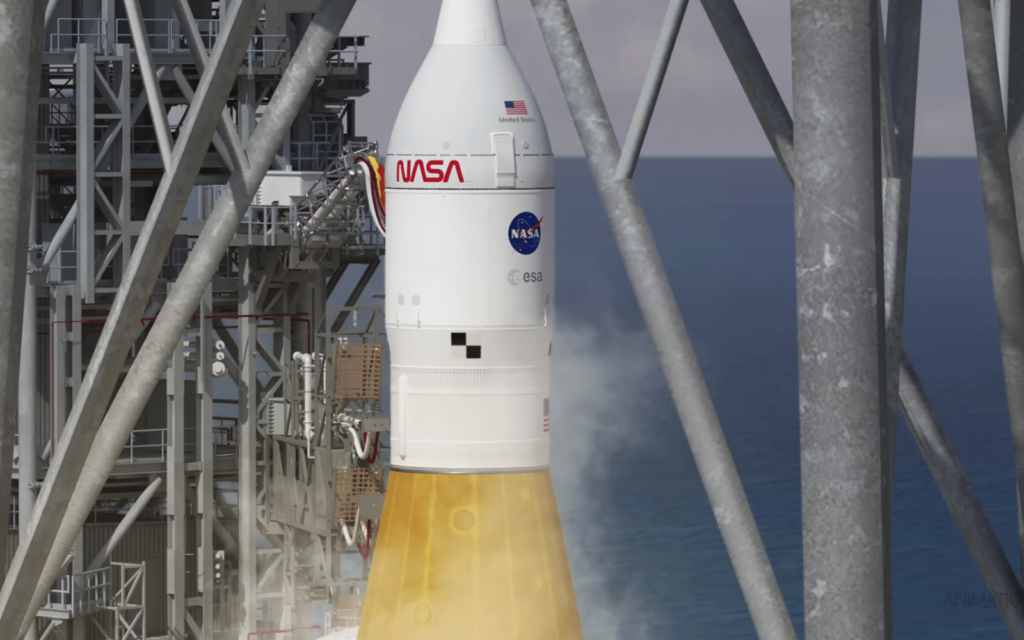
NASA’s Artemis 1 lunar mission was supposed to launch on Saturday from the Kennedy Space Center but was aborted once again following the detection of a hydrogen fuel leak. The agency detected the leak early on Saturday morning and made several attempts to find the cause and fix it inside the two-hour launch window. It was unsuccessful, obviously. After three failed attempts the launch was postponed. A hydrogen fuel leak isn’t like your check engine light that you can just ignore and hope it goes away.
The space agency is running out of launch windows following this new delay. If this issue can’t be fixed soon NASA will have to take its rocket down off the launch platform and run further diagnostic tests. This will probably happen, since NASA’s spending a bit more time on this problem. The next launch window will be closer to the end of September or October. The flight will likely be rescheduled for one of these. This isn’t the first time the launch has been delayed either. It was initially scheduled for 29 August but that was scrapped after NASA detected a problem with the engine cooling system. That could’ve been a faulty sensor but it’s best not to take risks when there are rockets involved.
Source: Engadget
LG adds NFTs to its smart TVs
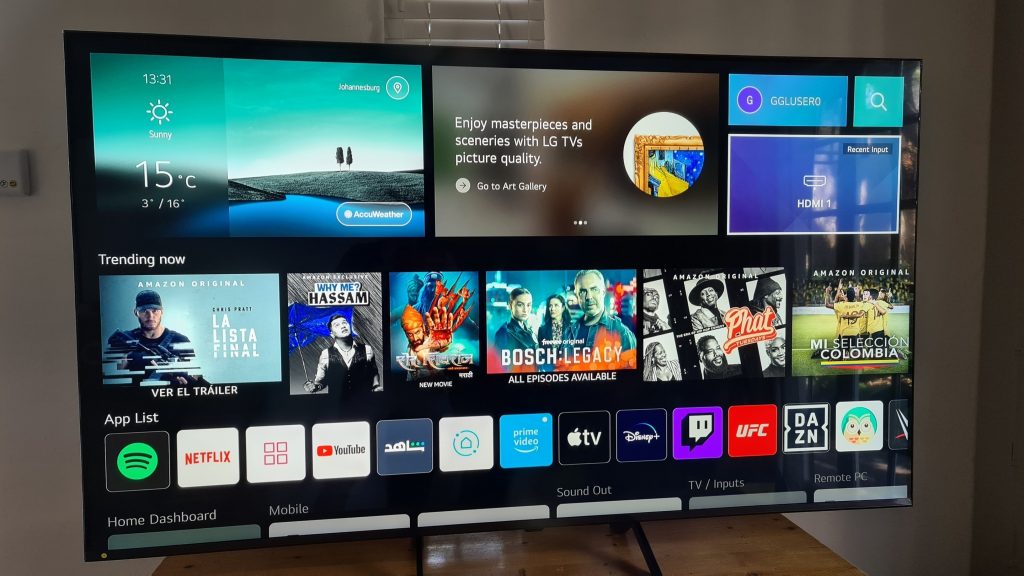
LG is the next TV manufacturer to jump on the NFT bandwagon and offer support for overpriced JPEGs on its smart TVs. This follows on the heels of Samsung doing the same. The company has its own NFT marketplace, LG Art Lab, that allows users to buy, sell, and display monkey pictures on their LG TV. Before you run out and buy a new LG TV (if you don’t already have one), you should know that it’s only open to USA customers with a TV running webOS 5.0 or later. Users can buy or sell digital art through NFT ‘drops’, with the first scheduled for 22 September. That will feature NFTs from sculptor Barry X Ball.
But it isn’t as simple as clicking buy and filling in your card details. First, you need to own some USD Coin, a stablecoin that’s pegged to the US dollar, apparently. Then you’ll have to scan a QR code from LG’s portal which will open the company’s own crypto wallet app ‘Wallypto’ on your smartphone. Because nothing bad has ever happened to stablecoins and people are dying to use more electricity to display pricey ape pictures. Maybe it’s a good thing this ‘feature’ is limited to the USA.
Source: The Verge
The new doubly-fast USB kid on the block
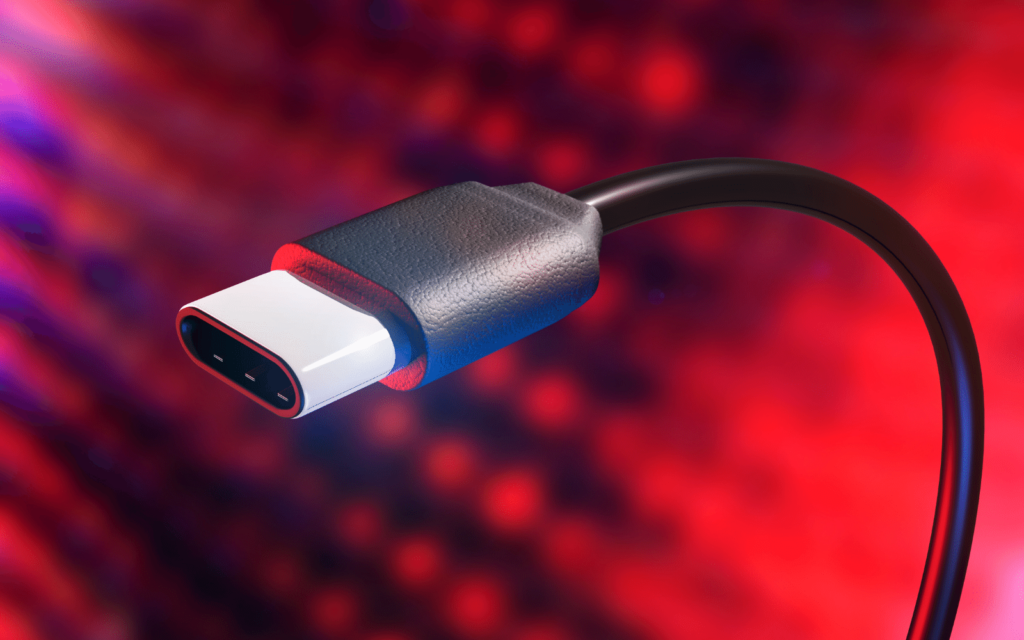
The USB Implementers Forum is at it again with another confusing change for the widely used USB connection standard. Thankfully, you won’t need to learn any new names this time around. Last week, the group announced the pending release of a new version of the new USB 4 specification, USB 4 version 2.0. Not a bunch of creatives, that lot. This upgrade will effectively double the max speed of some USB-C connectors and cables much of the world uses. It is scheduled for a release later this year but the best part is it is backwards compatible with previous USB-C generations so you won’t have to throw out your old cables.
The new USB 4 version uses a new physical layer architecture to allow up to 80Gbps of data transfer over the USB 4 standard, double the max speed of USB 4 version 1.0. But, in order to reach those speeds, both the cable and connector must support the new version. Otherwise, you’ll be stuck with previous-gen speeds. What this means for you, the consumer is that the USB-C port supports USB 2.0, USB 3.2 Gen 1, USB 3.2 Gen 2, USB 3.2 Gen 2×2, USB 4 version 1.0, and now USB 4 version 2.0. Not confusing at all. Checking the spec sheet just became more important.
Source: Ars Technica
Android 14 could add satellite support to smartphones
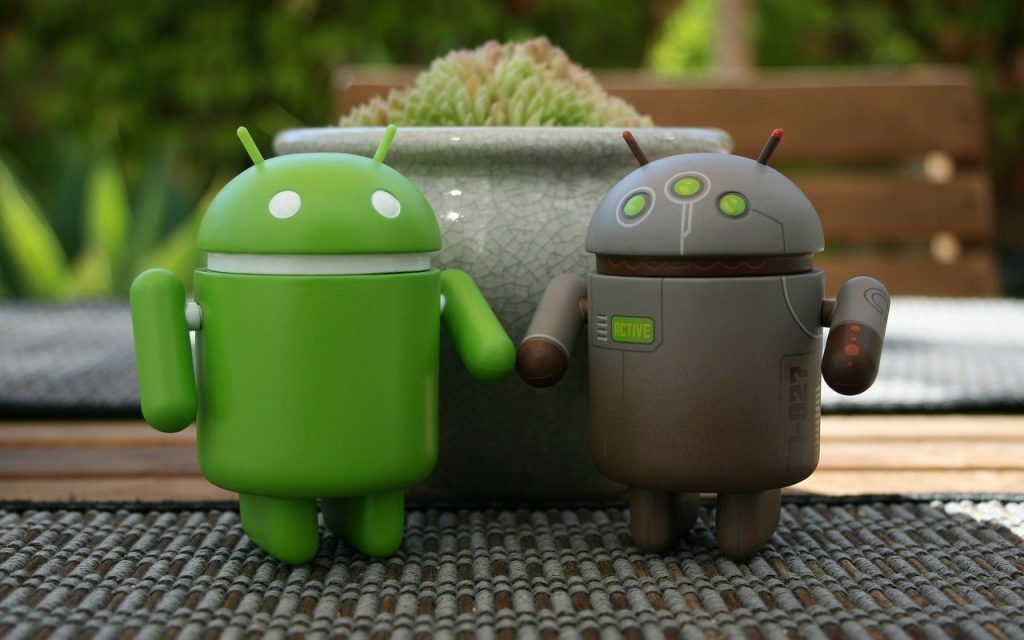
Android 13 isn’t even properly out yet but some folks are already looking ahead to Android 14. The first bit of news is the functionality to communicate with satellites. This news comes from Hiroshi Lockheimer, the senior vice president of Android. He tweeted his excitement to be “designing for satellites” and how he and his team are looking forward to “enabling all of this in the next version of Android.” This comes after US mobile operator T-Mobile and Elon Musk’s SpaceX announced a partnership to provide network coverage to areas in the US that aren’t covered by cellular service. That service is expected to release next year. Hopefully, Android phones will be ready to connect. Apple might just beat Google to market with that feature.
The company is holding its next hardware event this week with the theme of the event looking decidedly spacey. The invite used what looked like stars to outline the Apple logo with the words “Far out” accompanying the image. There has been much speculation as to what this points to. Some think it might indicate the inclusion of an astrophotography mode but satellites orbit the Earth pretty far out, could be that too. We’ll have to sit tight until 19:00 on Wednesday before we know for sure.
Source: XDA Developers

